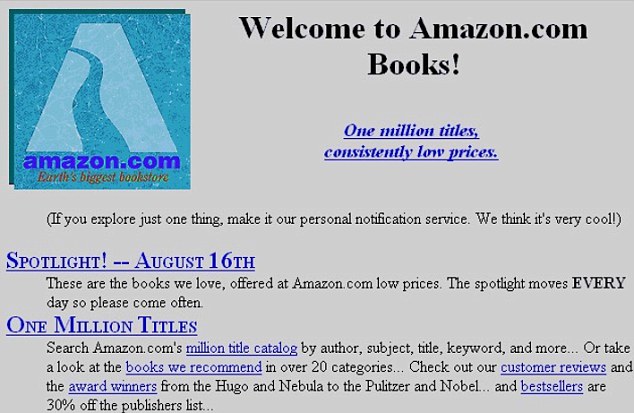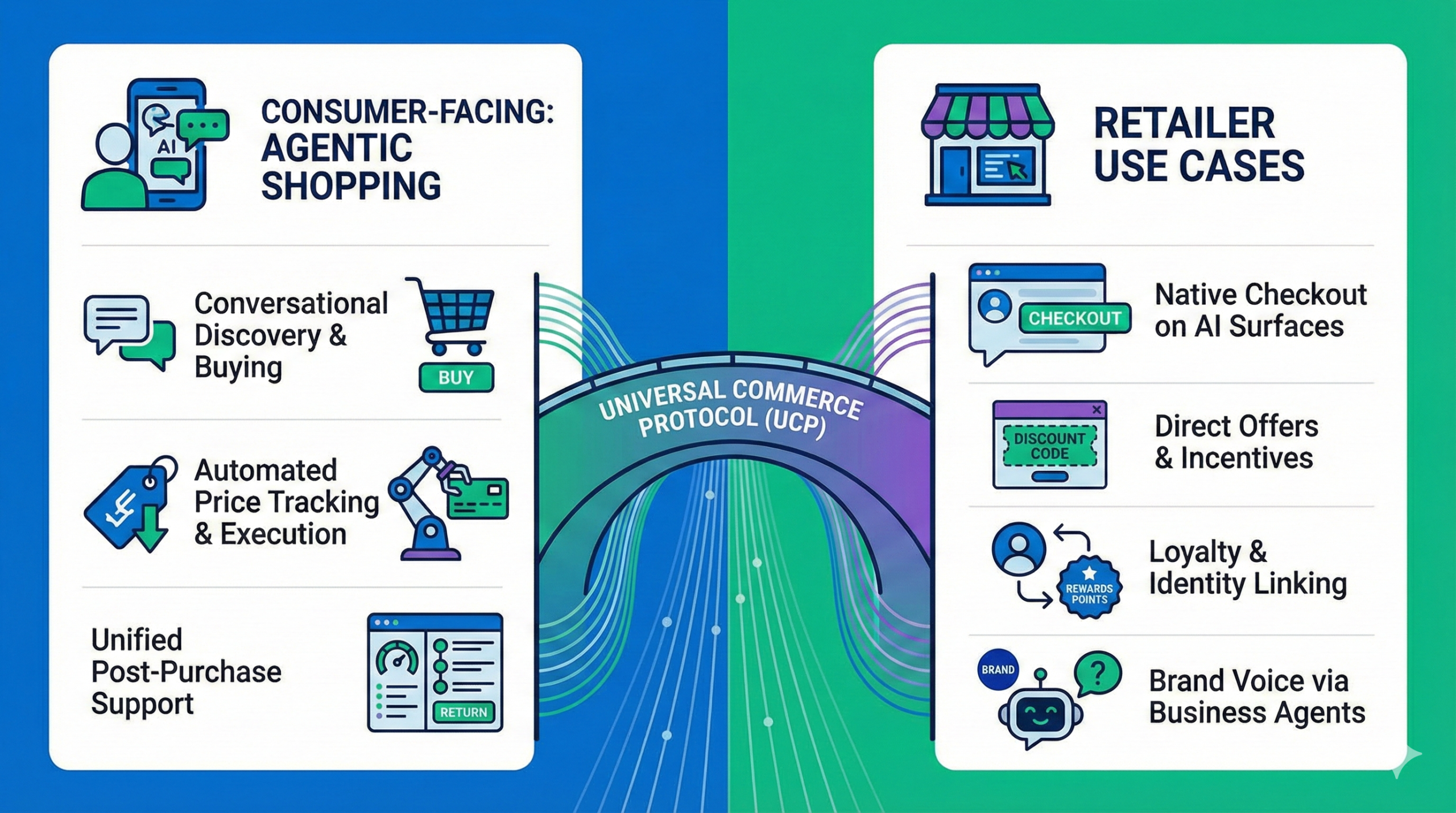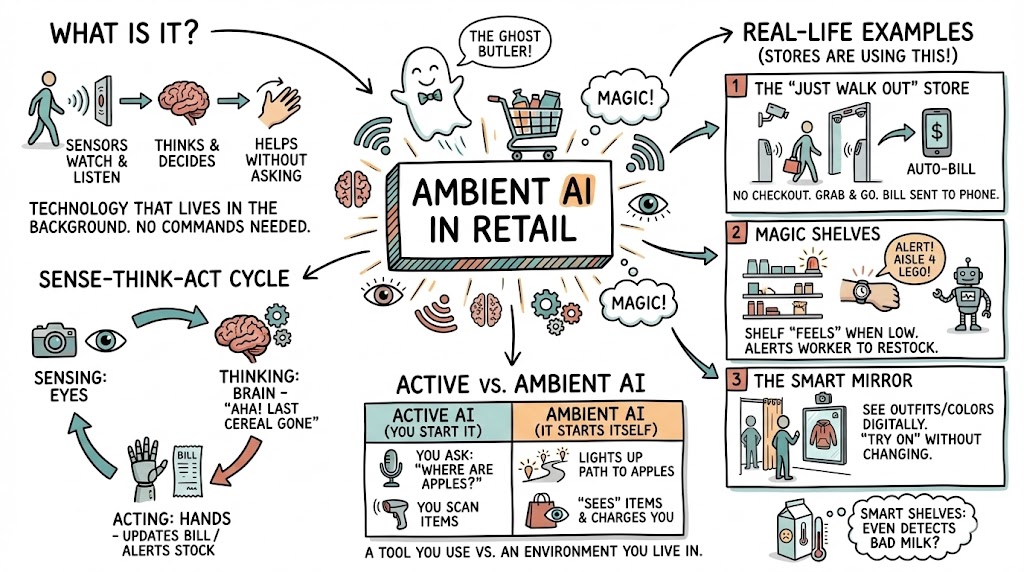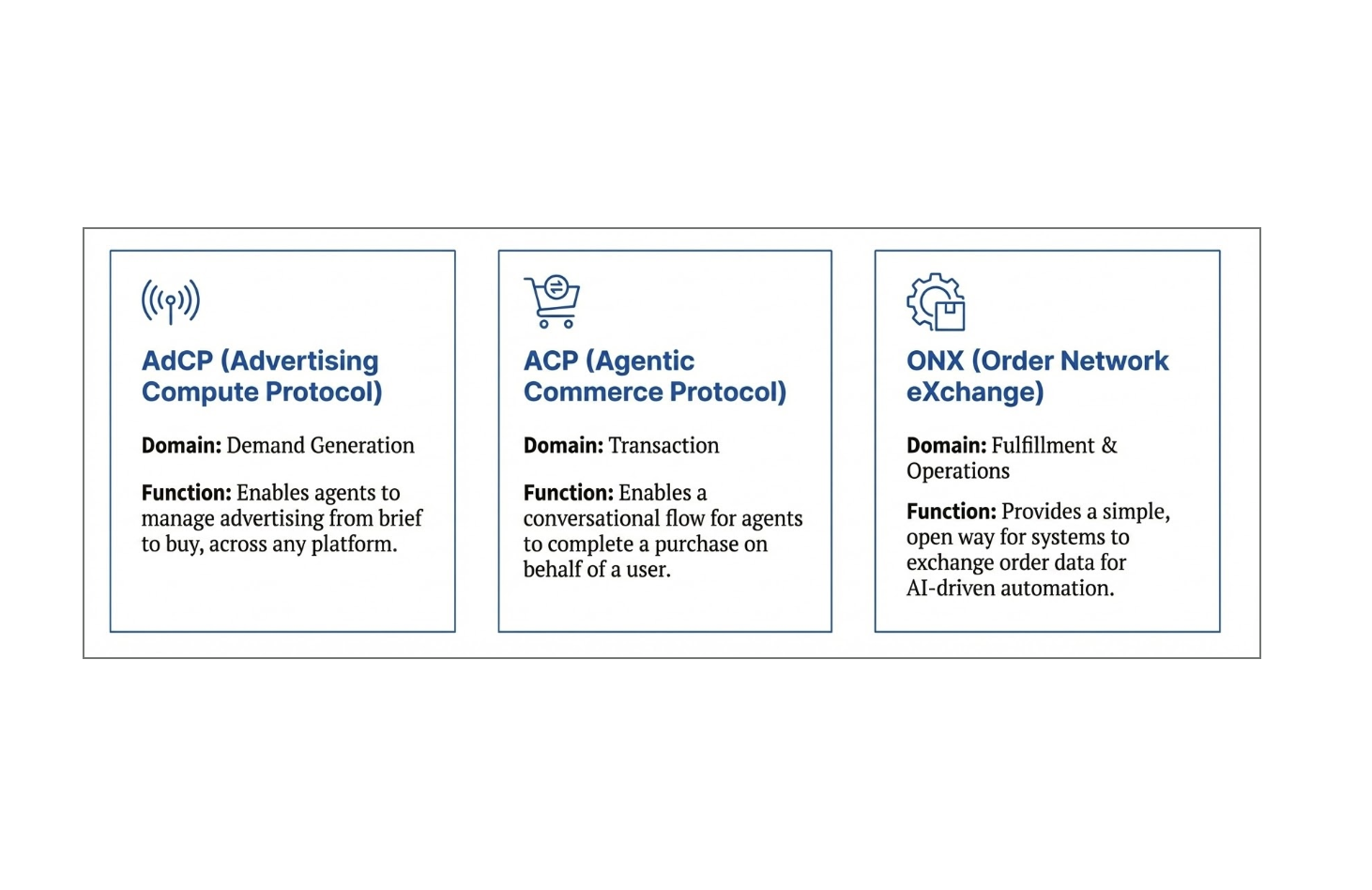In the past 20 years retail has undergone its biggest transformation. The birth of the internet in the 90s and the popularisation of the smartphone in the following decade totally transformed the way we shop. It’s gone from high effort to low effort in a relatively short time.
Masses of new retailers have built profitable businesses that don’t depend on bricks & mortar to acquire market share and some of these pure-plays have grown into businesses that now turnover several billion dollars.
Shopping from home
Retail started with the emergence of marketplaces as early as in Ancient Greek times which served the essential needs of the population. Shopping in markets progressed from market stalls into fully purposed stores and then the shopping malls that would house hundreds of stores under one roof. Department stores like Selfridges & Macys, which emerged in the latter part of the 19th century, became emporiums containing everything you could possibly desire in all under one roof.
Shopping in a non-physical environment also became significant around this time, enabled by the now maturing postal services in the western world. Mail Order didn’t provide instant gratification or the wealth of choice a consumer has today, but it did provide the convenience of being able to shop from home.
The re-invention
The last 20 years has seen a total transformation of retail. It all started with fairly humble beginnings with public computer networks in the 1980s run mainly by computer hobbyists. The most popular being the ‘bulletin board system’ (BBS), which allowed computer users to connect to a ‘server’ using a character based ‘terminal’ program which was a bit like a web browser. A user would dial-in using their phone line and once logged in would read news and bulletins and exchange messages with other users. At their height, there were over 150,000 bulletin boards in the US alone. Whilst never really used for selling products to consumers, it did demonstrate what public, networked computers could be capable of.
A variant on the BBS were services like that provided by companies like AOL and CompuServe. These subscriber based services became the first public networks to gain commercial success. They provided a safe, user friendly environment for exchange electronic mail, reading and posting message boards and chatting online. Suddenly we network computing was accessible to the masses.
In 1994, CompuServe introduced a service called the Electronic Mall, which enabled shoppers to purchase items directly from online merchants through placing orders via Electronic Mail. It was one of the first examples of e-commerce and with the likes of Sears, American Airlines & Hertz amongst the original 110 online merchants –retailers were starting to take notice.
The birth of the internet
Tim Berners-Lee, a British scientist, invented the World Wide Web (WWW) in 1989, originally conceived to meet the demand for information-sharing between scientists in universities and institutes around the world. The first website was dedicated to the World Wide Web project itself and was hosted on Berners-Lee’s computer. The website described the basic features of the web; how to access other people’s documents and how to set up your own server. A few years later on the 30th April 1993, the World Wide Web software was introduced to the public domain and through making the software required to run a web server freely available, the web was able to flourish.
The formation of the worldwide web consortium formed a year and a half later helped drive standards on the web.
In 1995, the popular public networking service providers like CompuServe and AOL began to provide Internet access as part of their offering to complement their existing service. It is this year that is seen as the year where the internet starts to gain widespread adoption.
Mosaic and Netscape were the first graphical web browsers to appear on the market with Microsoft’s Internet Explorer arriving later bundled as part of it’s Windows 95 operating system. With this move, Microsoft had essentially made the web browser free forcing other popular browsers of the time to follow suite and further encouraging more and more users to get online. In the ten years from 1996 to 2006, the number of websites grew from 1.2m to 46.8m. By 2011 it was 366m. It is estimated that there are now around 1.8bn websites in the world.
HTML and the web browser evolve
The web browser started life as a simple document viewer for documents in the HTML format. The user would enter a www address and the browser would get the page and display it. Pages were static but did have the ability to digitally link to each other using hyperlinks – creating a worldwide web of pages.
Very soon HTML progressed to supporting web-based forms – the first interactivity feature. Using its forms capability, a web page allowed the user to submit data to the web server from which it received the page which in turn had to process the data and provide a tailored response to the request. The foundations were now all in place to build the first e-commerce website.
Early e-commerce on the Internet
Book Stacks Unlimited is widely recognised as one of the first e-commerce pioneers in the online world. It was established in 1992 by a software developer called Charles Stack who initially ran an online bookstore that began life as a bulletin board service (BBS). Run out of it’s office in Cleveland, Ohio, the idea was to offer every book ever published in an easily accessible way to everyone who was interested. Although it never reached that target it was still able to offer half a million titles and attracted the same number of visitors each month. As well as shopping, it featured a daily literary journal and news about new books as well as interviews with authors and online forums for discussion on new novels.
The company was eventually outsmarted by Amazon who arrived a couple of years after Book Stacks Unlimited. The company and its www.books.com domain was eventually acquired by the leading books retailer in the US – Barnes & Noble.
Amazon was founded in 1994 by Jeff Bezos. After reading a report about the future of the Internet, Bezos created a list of the most promising products which could be sold online; these included: CDs and video, computer equipment and books.
Bezos decided that his new business would sell books online and started Amazon from his garage in Seattle. The unique thing about Amazon was, unlike the traditional mail-order catalogues that it was set to replace, it never had to hold any stock. It could vary its product selection daily, even hourly based on the availability from suppliers. This way it was able to create a endless choice. An Amazon employee was quoted as saying “We sold more books today that didn’t sell at all yesterday than we sold today of all the books that did sell yesterday.”
The big brands arrive
A lot of early e-commerce sites were new online only retailers. Large brands were quite slow off the mark.
Of the already big brands Pizza Hut led the way in online shopping in 1994, by being the first national chain to offer online ordering with thee option of home delivery. The test restaurant was in Santa Cruz, California. However, it was not until 2007 that online ordering was available for all Pizza Hut locations so they kind of stalled for a few years and let competition catch them up.
Really it wasn’t until around 1998 before the large retailer started to have an online presence and in December of that year Victoria’s Secret launched which was one of the first traditional bricks & mortar retailers to start an e-commerce site. Victoria’s Secret was advantaged because it already had a successful catalogue business as well as being located in San Francisco close to where a lot of the internet innovation was happening.
This initial site cost around $5 million to build and launch and as other retailers started to come online, Victoria’s Secret started to become known a leader in e-commerce innovation.
The website produced the first large-scale real-time streaming video presentation of the company’s annual fashion show in February 1999. Tickets to the fashion show, held annually in New York had historically been extremely hard to obtain which translated into incredible interest in the web cast. However, the company’s web site and the overall Internet infrastructure were unable to meet demand during the web cast, crashing networks throughout the United States. The site was still able to sustain 1.5 million streams that year.
How internet search started to create endless choice
Nearly as soon as the internet was born, academics were starting to produce computerised robots which would crawl the worldwide web for content they could index and make searchable. The first popular search engines were born around 1994 with Lycos, Alta Vista, Excite and Yahoo being the early big name search engines to appear.
It was Yahoo that who emerged as the early leaders in this space and dominated web search until the arrival of Google in the late 1990s. Yahoo had originally started as a human created catalogue of popular sites. Text descriptions of sites that would appear in the search results would also human created. By the end of 1994, Yahoo had achieved one million hits and as the Yahoo engine grew in popularity the company started charging commercial sites for inclusion. The charge for inclusion was the way search engines would make revenue in these early days.
Pre-200, there were still a large number of popular search engines in use. Typically, a web user would have another option if their primary search engine didn’t return the most relevant results for the search they were doing.
The birth of online advertising
The Google search engine started to gain huge popularity around the year 2000. It’s innovative PageRank algorithm was the secret behind it’s success. Somehow it was able to locate what the user was searching for.
Google created the auction-based pay-per-click model. Google would auction words or phrases and advertisers would bid to secure the highest position for their ad. By the mid 2000s, it became obvious that this wasn’t the most effective model and a major shift occurred when Google introduced Quality Score, which a way to determine which ads should appear on the page based on various optimisation factors – foremost of which were criteria that ensured the ads which generated the most revenue would get pushed to the top.
In the late 1990s companies started to develop technology that crawled retailers websites for products information. Users could then search for a product, and see a list of retailers and prices for that product. Like Google, advertisers paid for every click on a price. These services let users see the high and low price of any product graphed over time, and request email alerts when a product’s price drops to the price the user wants. Other price search engines have also evolved to provide consumers sophisticated price-tracking tools, such as price drop alerts and price history tracking.
In 2002, in response to the rise of price comparison tools, Google launched its product search engine, Froogle, which enabled customers to search for individual products. It was launched in response to price comparison tools. Froogle was simplified to become Google Product Search and results became embedded in the users regular search results.
e-mail played its role as in bringing known shoppers back to the website and remains today the most cost effective way of attracting customers back.
That takes us up to the early 200s where we’ll end this short history on the birth of e-commerce..



